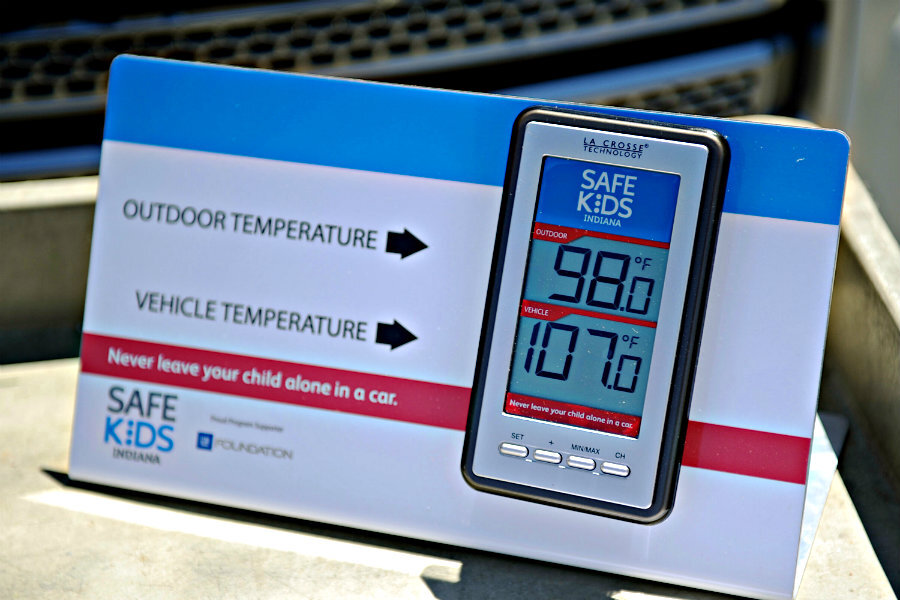How Tesla's newest update could save your child or pet
Loading...
Tesla’s recently released 8.0 software update may turn the company’s modern automobiles into advanced, auto-pilot enabled driving machines. But the update has another, less flashy feature that vehicle safety experts have been trying to bring to fruition for years – and it could save your pet from the heat of a summer’s day.
With the new feature, if any Tesla’s interior reaches more than 105 degrees, the vehicle’s air conditioning will automatically come on to protect any unwitting passenger. The company says that this feature is the first of its kind.
"In an industry-first safety measure, we're also introducing Cabin Overheat Protect, focused on child (and pet) safety," said Tesla on its website. "This feature keeps the car at a safe temperature for hours, even when the car is off. This feature is only made possible by an electric vehicle with Tesla's uniquely large battery packs." The feature will remain on for up to 12 hours after the driver exits the vehicle, a Tesla spokesman told CNN.
Tesla CEO Elon Musk has five children and tweeted his enthusiasm for the new feature.
Approximately 37 children die in the United States each year after being accidentally left in hot cars, according to KidsAndCars.org. Since 1998, nearly 600 children have died after being left in a hot car - sometimes forgotten, sometimes left behind on purpose as a parent runs into a store or picks something up at home. Countless other children have been injured after prolonged exposure to high heat.
Even a cool autumn day could be dangerous for vehicle occupants, human or animal, particularly in dark colored cars on sunny days. As a result, parenting and health groups recommend a number of strategies to help parents and pet owners remember that there is somebody else in the car, from leaving a shoe in the back seat to placing a teddy bear in the passenger seat when a child is in the rear.
Studies show that a car’s temperature can rise by 40 degrees in just one hour, even on a comparatively cool 70 degree F. day. That temperature differential is enough to put a child or animal under severe heat stress.
“Your vehicle can quickly reach a temperature that puts your pet at risk of serious illness and even death, even on a day that doesn't seem hot to you,” says the American Veterinary Medical Foundation. “And cracking the windows makes no difference.”
Because even the best parent or pet owner might forget a quiet passenger, vehicle safety advocates have long recommended the development of technology to help solve this problem.
In 2002, former GM Vice Chairman Harry Pearce technology that he said could detect a child’s heartbeat in the backseat of a warming car, chirping a horn to get attention if the temperature rose too high.
Yet, despite Mr. Pearce’s breakthrough more than a decade ago, Tesla’s 8.0 update is the first to tackle the problem head on. In the end, Peace’s system was not reliable enough to make it to production, although GMC’s 2017 model Acadia SUV features similar technology called the Rear Seat Reminder system. The Rear Seat Reminder system could become a feature in future GM vehicles.
Advocates say that technological developments like Tesla’s cannot come quickly enough.
"New technology must be added as quickly as possible on vehicles to help prevent these needless deaths and injuries," safety advocate and founder of Kidsandcars.org Jeannette Fennell told NBC earlier this summer.






